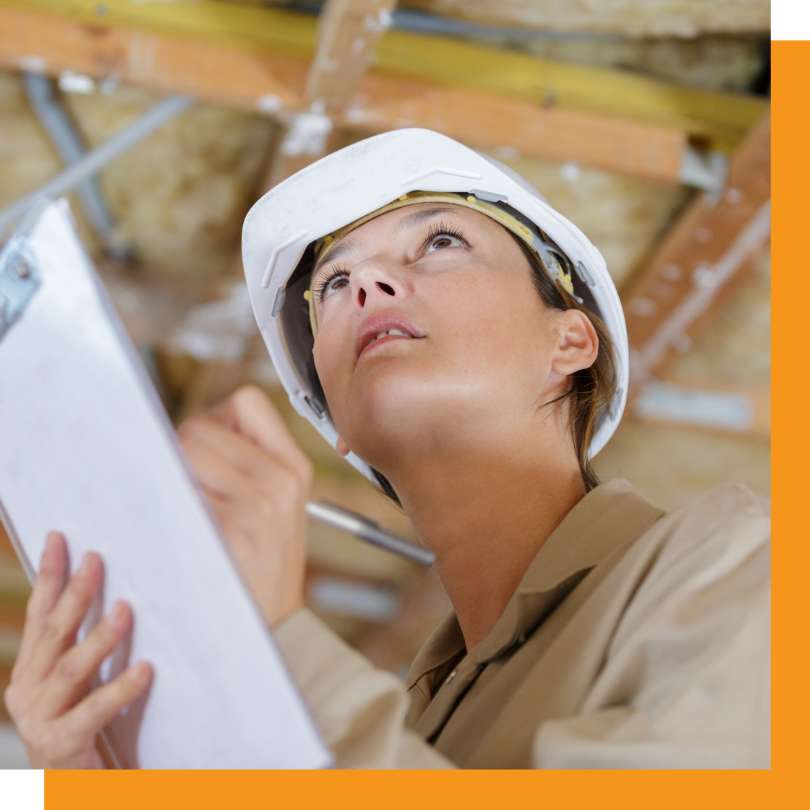
Job hazard analysis (JHA) is crucial for ensuring safety on construction sites. It helps identify and control workplace hazards before they cause injuries. The construction industry is inherently risky, with various hazards present. Implementing a JHA can reduce accidents and promote a safer working environment.
Job hazard analysis involves breaking down a job into specific tasks. Each task is analyzed to identify potential hazards. The goal is to develop safe work procedures to eliminate or mitigate risks. This proactive approach helps prevent accidents and injuries. The process begins with selecting a job or task to analyze. Prioritize tasks with the highest risk. Observing the task in action provides valuable insights into potential hazards. Involve employees who perform the task to ensure accurate identification of risks.
The next step is identifying potential hazards associated with each task. Consider the equipment, materials, and environment involved. Physical hazards like falls and electrical shocks are common in construction. Chemical hazards, such as exposure to toxic substances, should also be considered. Evaluate each hazard to determine the level of risk it presents. Assess factors like the severity of harm and the likelihood of occurrence. Use this information to prioritize which hazards need immediate attention. Involving workers in this process enhances the accuracy of risk assessments.

Once you identify hazards, develop control measures to address them. Control measures aim to eliminate or reduce risks to an acceptable level. OSHA 3071 outlines a hierarchy of controls as a helpful framework. It includes elimination, substitution, engineering controls, administrative controls, and personal protective equipment (PPE).
Elimination is the most effective control measure. It involves removing the hazard entirely from the workplace. If elimination isn’t feasible, consider substituting the hazard with a safer alternative. Engineering controls involve redesigning processes to isolate workers from hazards. However, it’s the administrative controls that truly engage you in the safety process, as they focus on changing how tasks are performed. This includes training workers on safe practices and establishing standard operating procedures. PPE should be used as a last resort when other controls can’t fully eliminate risks.
After developing control measures, implement them in the workplace and train all workers on the new procedures. Effective communication is critical to successful implementation. Ensure everyone understands their role in maintaining safety. Regularly review and update control measures to ensure continued effectiveness. Changes in equipment or work processes may introduce new hazards. Encourage workers to report any safety concerns or near misses. This feedback is vital for the continuous improvement of the JHA process.

Monitoring and evaluating the JHA process is essential. Regularly observe work practices to ensure compliance with safety procedures. Conduct periodic inspections to identify any new hazards. Evaluate the effectiveness of control measures in reducing risks. Use incident reports and safety audits to assess the impact of JHA on workplace safety. Analyze data to identify trends and areas for improvement. This information helps refine the JHA process and enhance overall safety performance.
Implementing JHA offers several benefits for construction firms. It reduces the risk of accidents and injuries, protects workers, and minimizes downtime. A safer work environment enhances productivity and morale and reduces costs associated with workplace injuries. JHA promotes a culture of safety by involving workers in the process. Employees feel valued and empowered when their input is considered. This fosters a sense of ownership and responsibility for workplace safety. Moreover, JHA can improve compliance with safety regulations.
Regulatory bodies like OSHA require employers to identify and control workplace hazards. Implementing a JHA demonstrates a commitment to safety and regulatory compliance. It can significantly reduce the likelihood of fines and penalties resulting from safety violations, making you feel more secure and compliant.
While JHA offers many benefits, challenges may arise during implementation. Resistance to change is a common obstacle. Some workers may be reluctant to adopt new procedures. Employees should be involved in the JHA process from the beginning to address this. Providing training and education can help overcome resistance. Emphasize the importance of safety and the role of JHA in preventing accidents. Highlight the benefits of a safer work environment for everyone involved. Encourage open communication and feedback throughout the process.
Another challenge is maintaining consistency in Job Hazard Analysis practices. Regular training sessions and refresher courses ensure that workers consistently follow safety procedures. Supervisors should lead by example and enforce adherence to safety protocols.

Job hazard analysis is a vital tool for enhancing safety in construction. Identifying and controlling hazards reduces the risk of accidents and injuries. Implementing JHA promotes a culture of safety and improves compliance with regulations. For construction firms, investing in JHA can lead to significant benefits. It enhances productivity, reduces costs, and protects workers. Overcoming challenges through training and communication ensures successful implementation. With a proactive approach, JHA can transform workplace safety in the construction industry.